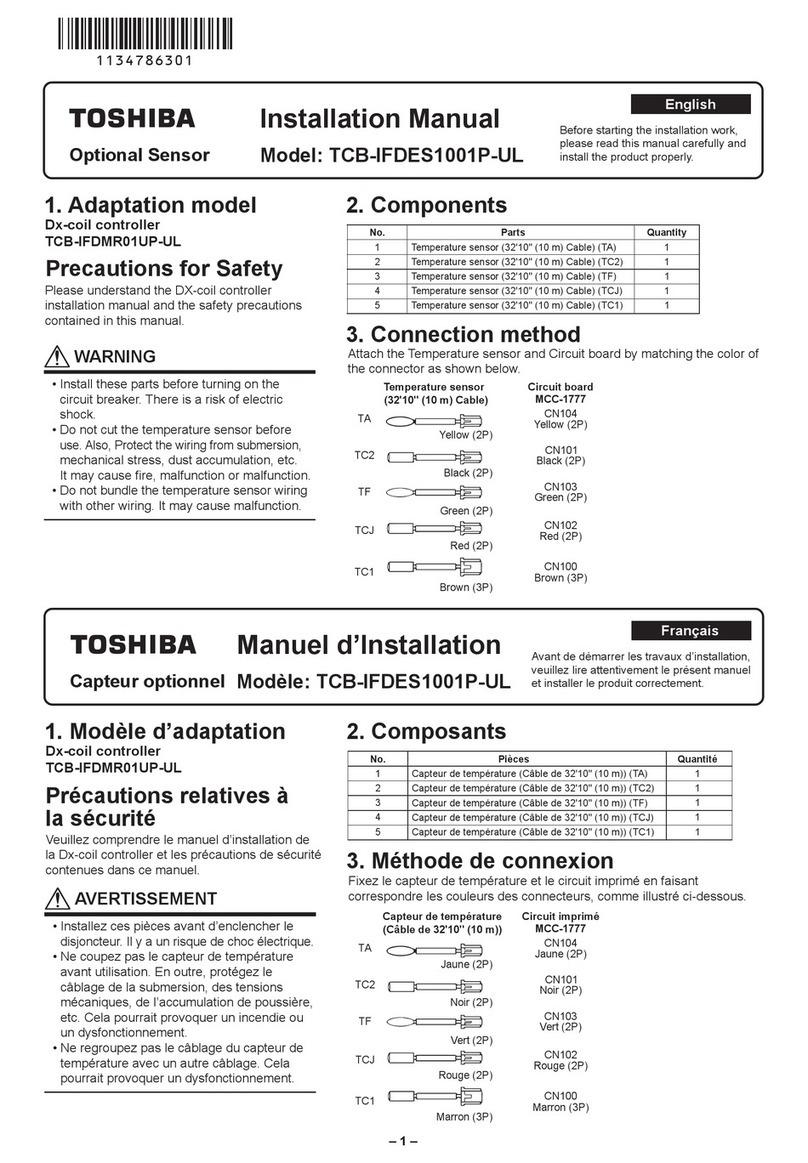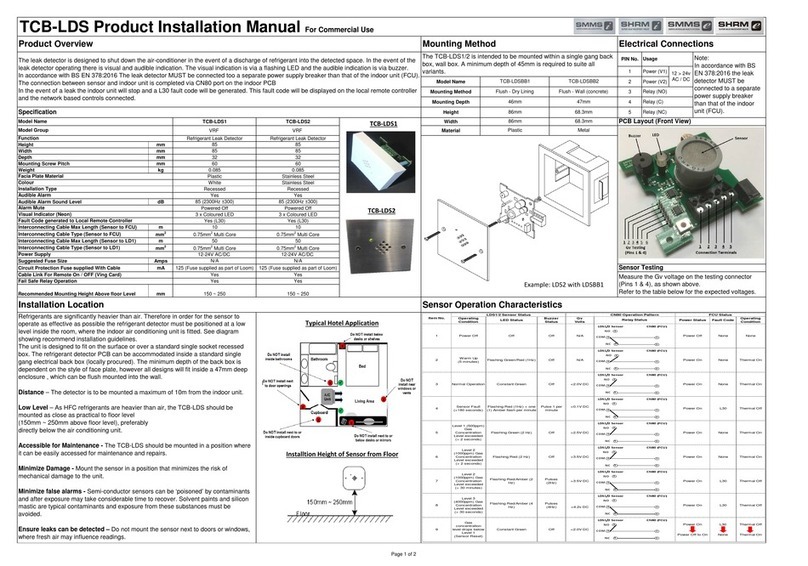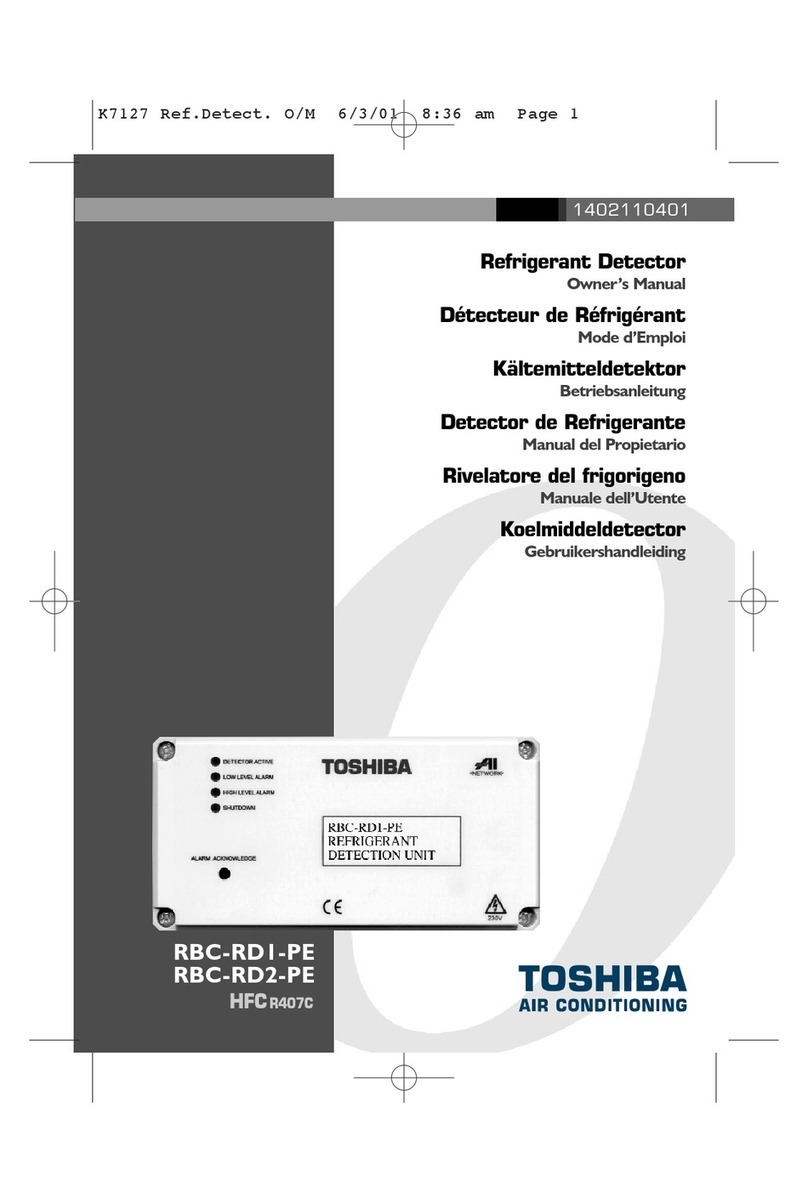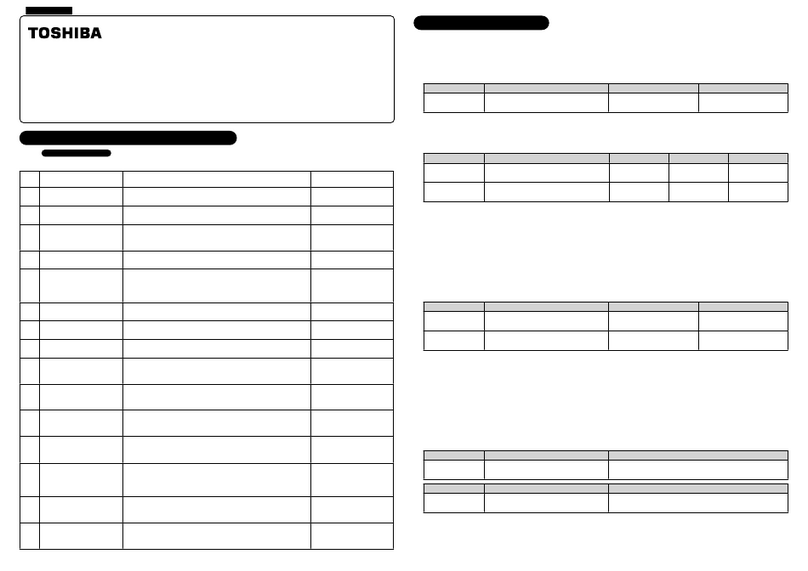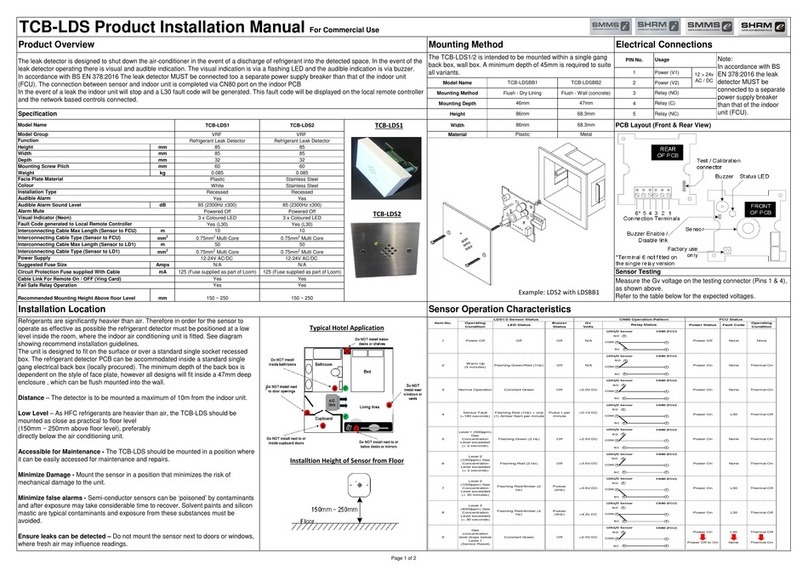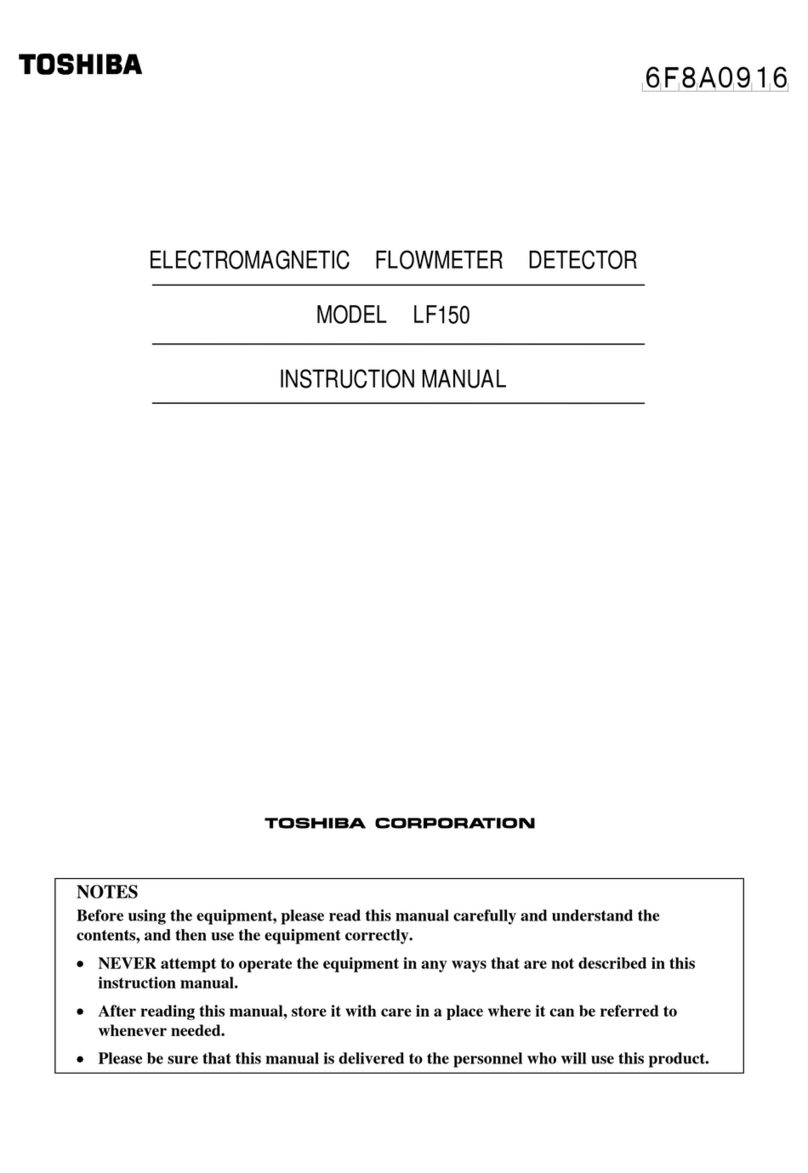
− 5 −
6F8A0882
Handling Precautions
To obtain the optimum performance from the GF630/LF600,LF610,LF620 and GF632 for years of
continuous operation, observe the following precautions.
(1) Do not store or install the flowmeter in:
•places where there is direct sunlight.Ifthisis unavoidable, use an appropriate
sunshade. If the control keys (infrared switches) are exposed to direct sunlight, they
may not function correctly.
•places where there is snow and ice
Infrared switches may not function correctly.
•places where excessive vibration or mechanical shock occurs.
•places where high temperature or high humidity conditions obtain.
•places where corrosive atmospheres obtain.
•places submerged under water.
•place where there is slop floor.To put the flowmeter temporarily on the floor, place it
carefully with something, such as stopper, to support it so that the flowmeter will
not topple over.
(2) In the case that the piping is non-conductive material, make sure to install the grounding
rings(option) to each flange of detector using the M3 or M4 screw before piping.
(3) Wire cables correctly and securely.
Be sure to ground at the converter side (grounding resistance 100 ohm or less).
Avoid a common ground used with other equipment where earth current may flow. An
independent ground is preferable
(4) Select cable paths away from electrical equipment (motors, transformers, or radio
transmitters), which causes electromagnetic or electrostatic interference.
(5) If the inside of the converter and detector's terminal box are wetted or humidified, it may
cause insulation deterioration, which can result in fault or noise occurrence. So do not
conduct wiring in the open air on rainy days.
Also, be careful not to wet down the converter and detector's terminal box even in the case
of indoor wiring, and complete wiring work in a short period of time.
(6) Make sure the fluid to be measured will not freeze in the detector pipe. This can cause
damage to the detector pipe.
(7) Select appropriate wetted materials suited for the process fluid to be measured. Otherwise,
fluid leakage due to corrosion can be caused.
(8) Observe the following precautions when you open the converter housing cover:
•Do not open the cover in the open air unprotected against rain or wind. This can
cause electricshockor cause damagetotheflowmeter electronics.
Do not open the cover under high ambient temperature or high humidity
conditions or in corrosive atmospheres. This can cause deterioration of system accuracy
or cause damage to the flowmeter electronics.
